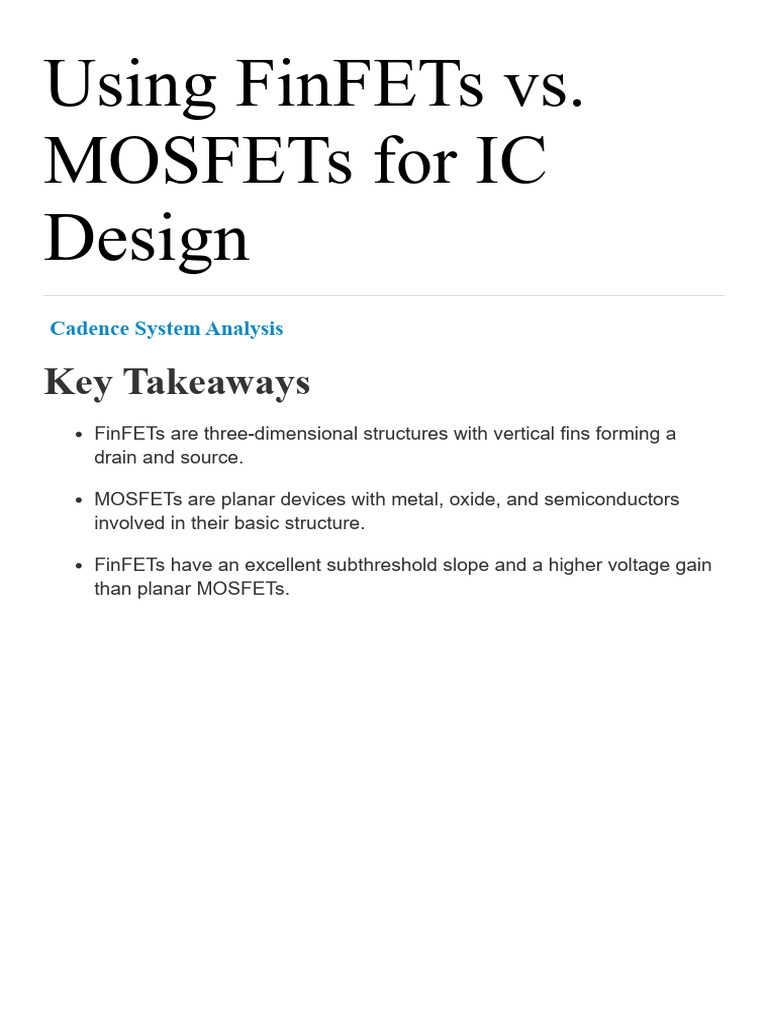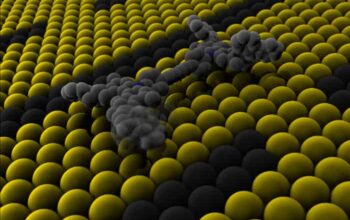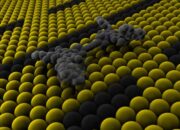In the ever-expanding landscape of quantum computing, the quest for an ideal qubit implementation stands at the forefront of technological advancement. Among the promising candidates for this role, Metal-Oxide-Semiconductor Field-Effect Transistors (MOSFETs) have emerged as potential players. However, the idiosyncratic qualities of MOSFETs spark an intriguing discussion around their suitability as qubit architectures. With the characteristics of stability, scalability, and manufacturability juxtaposed against quantum coherence requirements, the question arises: Are MOSFETs an ideal choice for qubit implementation?
To navigate this multifaceted inquiry, it is imperative first to understand the structural integrity and operational mechanics of MOSFETs. At their core, MOSFETs operate as electrical switches, manipulating current flow by utilizing a voltage applied to the gate terminal to alter the charge carriers in the channel. This fundamental property is reminiscent of a maestro deftly directing an orchestra, where every note played depends on the tonal context provided by the conductor. Yet, while MOSFETs adeptly handle classical bits in the realm of digital logic, the transition to the quantum domain—a realm that thrives on superposition and entanglement—poses unique challenges.
The dichotomy between the classical and quantum worlds illustrates the complexity of using MOSFETs as qubits. Classical bits are unambiguous, residing in an either/or state, akin to a flip of a binary switch. However, qubits, the quantum analogs, luxuriate in the possibility of being both ‘0’ and ‘1’ simultaneously, leading to exponential advancements in computational ability. For this reason, MOSFETs need to be scrutinized for their coherence times and the fidelity of these states, which are paramount in quantum computations.
One of the foremost properties that enhances the appeal of MOSFETs for qubit potential is their intrinsic scalability. As silicon technology continues to evolve, the downsizing of MOSFETs has allowed for high-density integration of components. This scalability is akin to a seed growing into a sprawling tree, each branch and leaf representing an individual qubit, and potentially giving rise to vast quantum circuits. However, it invites the simultaneous interrogation of quantum decoherence. In a crowded qubit environment, the interactions among neighboring qubits can lead to unwanted noise, compromising superposition and coherence.
Furthermore, the fabrication techniques of MOSFETs are grounded in decades of refinement and are well-suited for mass production. The existing infrastructure supporting silicon-based technologies provides a ready canvas upon which quantum circuits can be developed. However, one must not overlook the inherent limitations of silicon when paired with the entangled nature of qubits. Unlike classical bits, which can facilely be manipulated via voltage changes, qubits demand a delicate touch, and the robust nature of MOSFETs may inadvertently introduce challenges of electron spin manipulation, crucial for qubit performance.
Another aspect to consider in this debate is the issue of thermal management. MOSFETs are adept in environments conducive to their operation, but the quantum regime often necessitates ultra-cold temperatures to mitigate thermal-induced noise, which can disrupt qubit states. As thermal energy inundates the qubit system, one could liken the challenge to that of trying to hold water in a sieve; the unquenched noise seeps through, undermining coherence and hampering interaction fidelity.
Addressing the challenge of thermal noise illuminates the overarching question of error correction in quantum systems. Quantum error correction protocols are paramount in maintaining qubit integrity. Traditional MOSFET architectures must adapt methods for redundancy and error correction, employing multiple qubit structures to account for potential failures—much like a safety net ensuring that when one acrobat falters, others are poised to maintain equilibrium. The incorporation of advanced quantum gates within a MOSFET framework presents both promise and complexity as they strive to uphold qubit performance.
Exploring alternative qubit technologies such as superconducting circuits or trapped ions may offer insights into the shortcomings of MOSFETs for quantum implementations. Superconducting qubits, for instance, leverage Josephson junctions to accentuate coherence times, while trapped ions exploit electromagnetic fields to create reliable qubits with minimal decoherence. Each technology carves out its niche in the quantum realm, showcasing unique qualities and compelling advantages absent in MOSFET designs.
Ultimately, the exploration of MOSFETs in the context of qubit implementations is an expedition rife with promise yet mired in complexity. Their capability for scaling, mass production, and integration into existing semiconductor technologies offers an appealing narrative. However, the inherent attributes of quantum coherence, error correction, and environmental sensitivity illuminate potential pitfalls that cannot be dismissed. The evolution of qubit technologies necessitates an amalgamation of strengths from various platforms, an orchestra of collaborations that may harmonize the intrinsic beauty of quantum computing.
As researchers delve deeper into the possibilities and limitations of MOSFETs for qubit applications, one is reminded of the adage that often rings true in scientific inquiry: the journey is indeed as significant as the destination. Continuous innovation, creative engineering, and cross-disciplinary efforts may one day unveil a solution capable of marrying classical reliability with quantum ingenuity—perhaps illuminating the path for MOSFETs to secure a place on the burgeoning stage of quantum computing.










